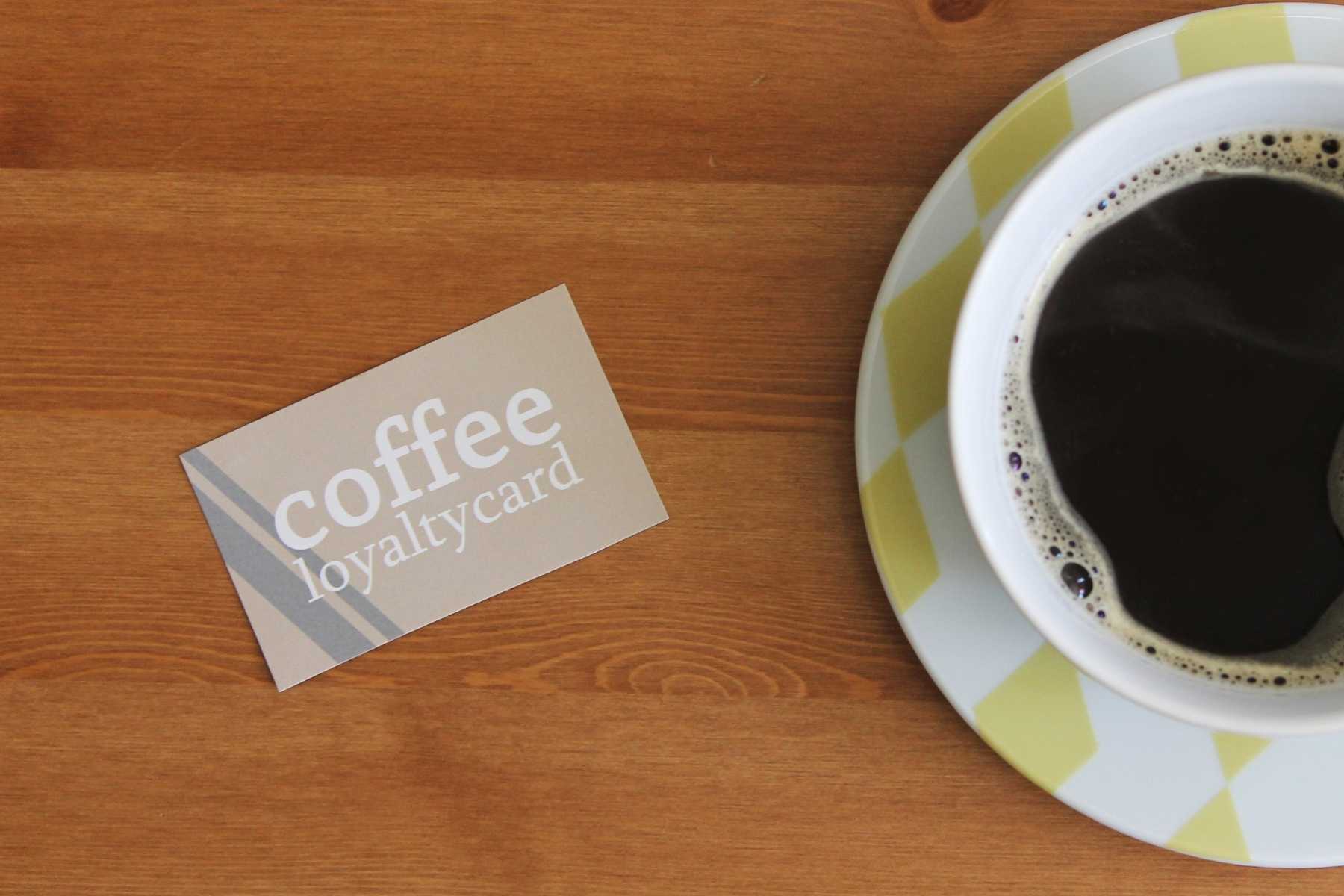
How to Apply the Customer Loyalty Ladder to Your Business 2024
by Tara Covell
Listen to Audio Version:
Consumers often take their time to evaluate a newly purchased product before determining how happy they are with it. If they like it, they'll likely purchase from your company again as they trust the product's quality.
Rather than solely relying on the hope that customers will instantly become devoted to your business, creating an exceptional customer experience and offering products that encourage repeat transactions is crucial. To foster this loyalty, it's essential to guide customers through a journey often referred to as the customer loyalty ladder, in which they progress through 4 distinct stages before becoming avid supporters of your enterprise.
In this article, we will discuss the fundamentals of the customer loyalty ladder, identify the different types of customers you'll encounter at each stage, and deep dive into the strategies you can implement to cultivate their loyalty and nurture them to the final stage.
Understanding the Customer Loyalty Ladder
The customer loyalty ladder serves as a framework to categorise customers based on their engagement level with your company. It features four distinct stages (lead, customer, client, and advocate), with the ultimate aim of guiding them to become fervent supporters of your business.
Each stage on the ladder characterises customers' actions within that level. With proper nurturing and motivation, leads who appreciate your offerings will ascend the ladder, while others may stagnate or explore alternative options.
The primary objective is to transform all leads into advocates by effectively employing the customer loyalty ladder and encouraging customers to advance through its stages.
Stage 1: Leads
At the base of the ladder, you'll find leads. These individuals begin as leads who potentially match your ideal customer profile, yet they may be unaware of your business and have not engaged with your marketing efforts.
Upon their first encounter with your brand, these leads transition into prospects. They acquire some knowledge about your company, and you recognise that they fit your ideal customer profile. Prospects may have interacted with your marketing content, such as clicking a link in a social media post or visiting your website for the first time.
Leads display curiosity and interest in your business; however, they also evaluate offerings from your competitors. To nurture these leads, employ inbound marketing strategies to motivate them to ascend the ladder and become customers.
Leads will progress to the next stage on the ladder when successfully enticed to purchase.
Stage 2: Customers
Customers represent those who have made their first purchase of your product or service and have started to form opinions about it.
Although they have yet to be ready to abandon your business for competitors, they still need reassurance that they made the right choice. To inspire these customers to advance along the loyalty ladder, consider implementing the following strategies:
- Develop an onboarding program that educates customers on using your products effectively. By learning from a skilled professional, they can extract maximum value from their purchase.
- Craft marketing content tailored to their position in the buyer's journey and incorporate remarketing tactics.
- Consistently deliver outstanding customer service.
Ultimately, the objective is to provide an exceptional customer experience that validates their decision to choose your business. Once you have demonstrated this, they will progress to become clients.
Stage 3: Clients
After considerable nurturing and satisfaction, customers evolve into clients. At this stage, they are no longer enticed by competitors and opt for repeat purchases, as they trust your ability to meet their needs.
However, it is essential to remain attentive to clients, as they may revert to being customers or even disengage entirely if your business fails to uphold its commitments. Ensure you continue to fulfil your brand promise and maintain communication with clients through relationship marketing.
If clients begin to lose interest in your business, demonstrate your unwavering dedication by continuing to offer the exceptional experiences that initially converted them into clients. Gather customer feedback and analyse buyer behaviour to develop personalised experiences.
After consistently delivering remarkable experiences, these clients will eventually reach the pinnacle of the customer loyalty ladder: advocates.
Stage 4: Advocates
Advocates, more commonly known as brand ambassadors, are exceptionally loyal customers. They are unlikely to regress down the ladder and have a deep appreciation for your product or service. They make repeat purchases and disregard competitors, so delivering the experiences they have come to expect remains crucial, mainly since they contribute significantly to revenue and act as unpaid marketers for your business.
Advocacy marketing principles suggest that businesses offering consistent customer service, exceptional experiences, and high-quality products/services naturally generate advocates eager to share their experiences with others. These consumers will discuss their positive experiences with friends, family, or even strangers online, providing free marketing for your company.
Your conversations with others can significantly benefit your business, especially considering that approximately 87% of consumers will likely recommend a company to others after a single positive experience. This can lead to numerous referrals if loyal customers consistently share their satisfying experiences with multiple people.
In a world where trust in brands is more important than ever, 88% of consumers said that they trusted recommendations from people they know above all other marketing messages, and 77% of consumers are more likely to buy a product if their friends recommended it.
In conclusion, continually cater to your advocates' experiences by offering loyalty programs, exclusive invitations to special events, and exceptional customer service. In doing so, they will drive revenue through repeat purchases and handle one of the most challenging tasks for a business — customer acquisition.
Cultivating Experiences That Transform Customers Into Advocates

Whether your business operates in B2B, B2C, or a hybrid model, you develop products with the conviction that they deliver value to purchasers.
As customers make transactions, strive to exceed their expectations and demonstrate your appreciation for their patronage as much as they admire your products.
Over time, you will likely witness your customer base progress up the customer loyalty ladder, ultimately evolving into your most profitable and passionate brand advocates.
Related articles

The benefits of customer loyalty and how to develop it in 2024
This is a guide to the benefits of customer loyalty. Learn why your business should focus on building customer loyalty with this in-depth post.

Customer Loyalty Cards: How to Get Started (2024)
This is a comprehensive guide on how to get started with customer loyalty cards. Learn about driving repeat purchases from customers with this indepth post

How AI Can Help You Understand Your Customers Better Than Ever Before
Discover how AI can revolutionise customer understanding, drive personalised experiences, and boost customer loyalty with advanced tools and techniques.





